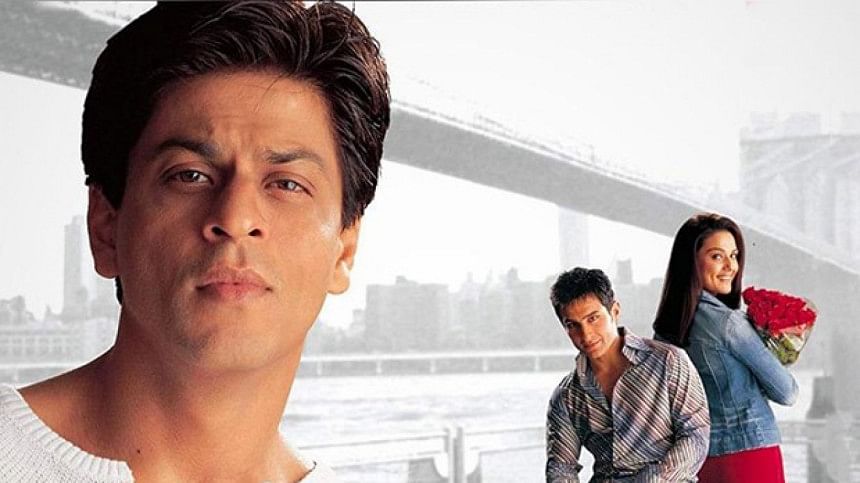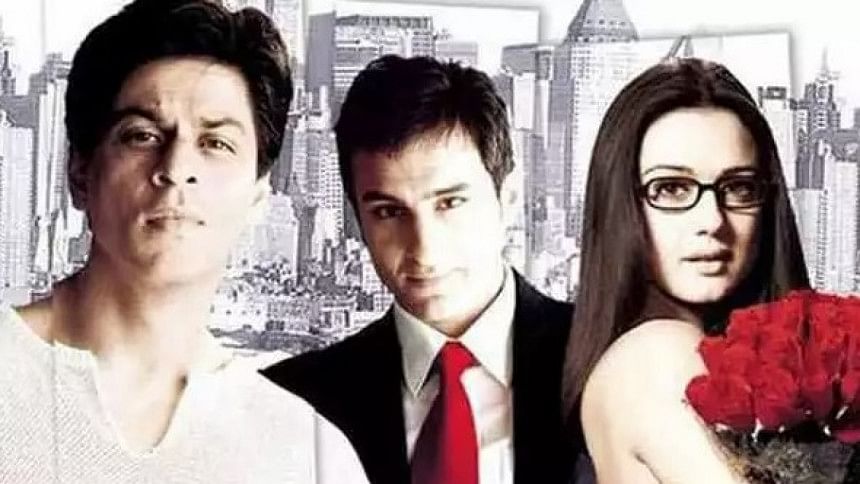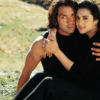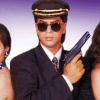Marking two decades of ‘Kal Ho Naa Ho’s’ exuberance

There are films that we enjoy, and then there are the ones that are hard to forget. The latter moves us from within and changes the way we look at life. For me, "Kal Ho Naa Ho" is indelible with its rollercoaster of emotions. Written by Karan Johar and directed by Nikkhil Advani, the film featuring a stellar cast including Shah Rukh Khan, Preity Zinta, and Saif Ali Khan, marks its 20th anniversary today – since its release. At its core, the film is an exploration of the various facets of love, beautifully woven into the vibrant tapestry of New York City. As the film turns 20 today, let us revisit it one more time to remind ourselves to "haso, jiyo, muskurayo, kya pata kal ho naa ho." (live and laugh, for tomorrow may not be there).
The film unfolds through the eyes of Naina Catherine Kapur, played with remarkable depth by Preity Zinta. Naina's journey from a guarded, introverted individual to a woman embracing life's joys is a testament to Preity's nuanced performance. She adds a sense of relatability to the film by playing a protagonist who is overburdened by responsibilities and forgets how beautiful it feels to live in the small moments. Her character development feels very personal, mostly because of Preity Zinta's portrayal of both versions of Naina, which made the character seem genuine.

Shah Rukh Khan, as Aman Mathur, delivers a performance that transcends the screen by leaving a lasting impact. Aman's infectious optimism and selfless love are a source of inspiration, reminding us to cherish life, even in the face of its inevitable challenges. Shah Rukh Khan's charisma adds a touch of authenticity to Aman, ensuring that the character becomes permanently etched in our hearts. He makes us dance with him to "Pretty Woman", chuckle at the cleverly-placed one-liners, and tear up towards the end of the film. He makes us believe in the magic of love and easily shows how he is the best at this game.
Rohit Patel, played by Saif Ali Khan, is the perfect addition to the heart-wrenching love triangle and is able to win our hearts too with his impeccable comic timing and goofiness. Against a backdrop of inappropriate jokes, he emerges as the 'green flag', who loves Naina despite her imperfections. He is not the typical Bollywood hero but rather an ordinary 'guy next door'. His character becomes the bridge between the more dramatic elements of the plot, bringing a touch of realism and everyday charm.

The film's soundtrack itself is a beautiful symphony of emotions crafted by Shankar-Ehsaan-Loy. Every song throughout the film has a different mood and is a timeless reminder that music has the power to encapsulate the human heart. The title track, "Kal Ho Naa Ho", sung with unparalleled conviction by Sonu Nigam, serves as the heartbeat of the film. It is an anthem for resilience and an ode to embracing life despite its uncertainties. On the other hand, "Maahi Ve" is a celebration of love and togetherness. Rich in its musical arrangements and accompanied by energetic choreography, this chartbuster track is a constant for festivities.
My personal favourite, "Pretty Woman" adds a playful touch to the soundtrack, reimagining the classic Roy Orbison track with a Bollywood twist. The fusion of Western melodies and Hindi lyrics showcases the versatility of the composers in creating a song that seamlessly blends into the film's narrative while maintaining its distinct charm. Finally, the pensive strains of "Kuch Toh Hua Hai" delve into the depths of emotions, accentuating the film's poignant moments. Together, all these tracks amplify the film's exploration of love, loss, and the complexities of human relationships.
Given the ongoing tendency to assess older films through a more progressive perspective, it's noteworthy that certain scenes in "Kal Ho Naa Ho" have not aged well, causing me to feel the irks upon rewatch. However, it would not be fair to critically analyse a two-decade-old classic with today's outlook because the world at large has evolved to be better. As we reflect on these two decades, the film does serve as a nostalgic touchstone, invoking a sense of familiarity and comfort. It makes me sad every time I watch it, but it never disappoints – speaking volumes for the cinematic magic it has presented. In an era where films often come and go, it stands as a beacon of cinematic excellence and an enduring reminder of why storytelling is a timeless art.

 For all latest news, follow The Daily Star's Google News channel.
For all latest news, follow The Daily Star's Google News channel. 









Comments